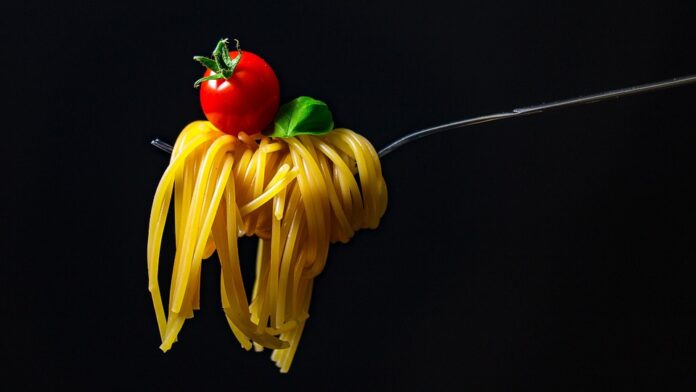Capturing the Flavors: Tips for Perfecting Your Food Photography
Food photography has become increasingly popular in recent years, with social media platforms like Instagram showcasing beautifully captured meals from around the world. If you want to take your food photography skills to the next level and capture the flavors of your dishes in a professional and visually appealing way, here are some tips to help you perfect your craft.
Choosing the Right Lighting
One of the most important aspects of food photography is lighting. Natural light is often the best option for capturing the true colors and textures of the food. When shooting indoors, try to position your subject near a window or use a softbox light to create even, diffused lighting. Avoid harsh overhead lighting or direct sunlight, as this can create unflattering shadows and reflections.
Setting the Scene
Before you start snapping photos, take the time to set up your scene. Consider the background, props, and styling of the food to create a cohesive and visually appealing composition. Experiment with different tablecloths, plates, and utensils to find the perfect combination that complements the colors and textures of the dish.
Focus on the Details
When photographing food, focus on the details that make the dish unique and appetizing. Use a shallow depth of field to blur the background and draw attention to the main subject. Experiment with different angles and perspectives to highlight the textures, shapes, and colors of the ingredients. Don’t be afraid to get up close and personal with your food to capture all the delicious details.
Play with Colors and Textures
Colors and textures play a crucial role in food photography. Experiment with different color combinations to create visually appealing contrasts and harmonies. Consider using props like fresh herbs, spices, or garnishes to add visual interest and texture to your photos. Don’t be afraid to get creative and play with different styling techniques to create striking and memorable images.
Editing and Post-Processing
After capturing your photos, don’t forget to edit and post-process them to enhance the colors, tones, and overall look of the image. Use editing software like Adobe Lightroom or Photoshop to adjust the exposure, contrast, and colors to make your images pop. Be careful not to over-edit your photos, as this can make them look unnatural and unappetizing.
Conclusion
Perfecting your food photography skills takes practice, patience, and creativity. By paying attention to lighting, composition, details, colors, and editing, you can capture the flavors of your dishes in a visually appealing and professional way. Experiment with different techniques and styles, and don’t be afraid to think outside the box to create stunning food photography that will make your audience’s mouths water.
Frequency Asked Questions:
Q: What is the best lighting for food photography?
A: Natural light is often the best option for capturing the true colors and textures of the food.
Q: How can I enhance my food photos during post-processing?
A: Use editing software like Adobe Lightroom or Photoshop to adjust the exposure, contrast, and colors to make your images pop.

